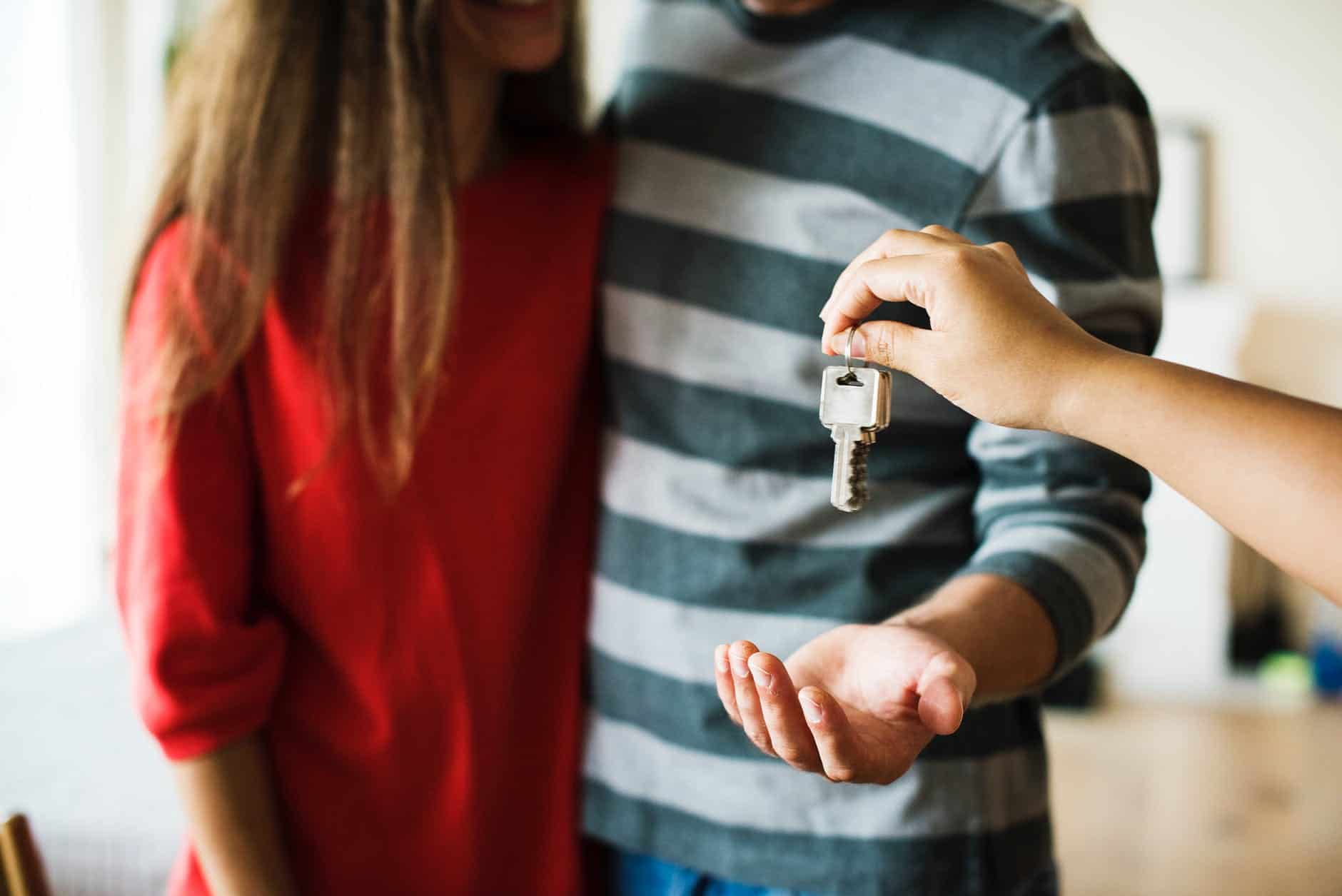Here’s What You Need to Know About Buying a New House in Halton
Published January 23, 2019 at 5:00 pm

Buying a home can be a grueling and challenging time in your life, besides getting a mortgage, insurance and finalizing anything else for the transaction.
Buying a home can be a grueling and challenging time in your life, besides getting a mortgage, insurance and finalizing anything else for the transaction.
While people have been gravitating towards newer townhomes and condominiums, there are still people who want that dream of the detached home. However, the trend is there are very few who are constructing new detached homes in the GTA, so you might have to settle for an existing detached home that has been around for some time.
If you’re looking to buy an older home, then you have to think about maintenance and fixing it up. So, just what kinds of tasks could be on your to do list after you buy your new home?
According to the real estate website Zoocasa, here are some of the most common things you’ll need to fix when you buy an existing detached house.
Replacing Filters and Cleaning Vents
Since you have no idea when the previous owner last had this done, you should replace the water filters for any filtration system and air filters on the heating and air conditioning system.
Cleaning the stove filters and fume hood can prevent grease fires as there could be a build up of grease. Finally, make sure to clean out the dryer vent. A clogged vent can also cause a fire and will make your dryer work harder to dry your clothes, which will mean a higher energy bill.
Removing or Containing Hazardous Materials
Asbestos and lead paint are two things that may linger within older models of detached homes. If you have small children, you’ll want to remove that lead paint which could cost as much as $15 per square foot. If your home has lead pipes, you might want to either replace them or add a water filter that removes lead.
When it comes to asbestos, you don’t have to worry too much about asbestos insulation unless you plan on doing major renovations to your home which could expose asbestos materials. In that case, you could have to replace your insulation which could cost as much as $20,000 to $30,000.
Removing Mold and Mildew
One thing that is commonly acknowledged amongst older homes, they tend to be damp and a bit drafty. That is an ideal environment for mold to build up and grow.
Find out where moisture is coming into your home and seal up the cracks and drafts. Using a dehumidifier will also help prevent further mold and mildew.
Next, you will have to get rid of the mold. While you might be able to do that yourself with mold spray and elbow grease, leaving the mold where it is could lead to future infections and aggravate existing allergies. The extent of the mold will determine whether it’s widespread enough of a problem that you’d need to hire a mold specialist.
Fixing Structural Problems
Sometimes a sloping floor is just a sloping floor…but other times it’s an indication that your foundation is compromised. If your detached home and it has been around for a long time, a lots of things could have happened to the foundation and structural support.
From cracks to termite damage to dry rot – if there’s a problem you’ll want to get an expert in to determine how to fix it so your home doesn’t collapse around you. The cost would depend one what the problem is, but a fix could run into the tens of thousands of dollars.
Fixing or Replacing Windows
If your detached home has older windows and are single paned, you might want to upgrade to more energy efficient ones. And if you don’t want to give up your beautiful old window, at least make sure that you search for and seal leaks. Replacing windows can be costly as windows can cost as much as $450 to $4,500 per room to replace.
Fixing or Replacing Plumbing
The last thing you want to come home to is seeing your basement or kitchen flooded because you didn’t look into whether the plumbing or pipes needed replacing.
Make sure to check your pipes and, if you need to, upgrade them. Pipes aren’t meant to last forever and gradually break down. So, replace them before they fail and leave you sodden! Replacing pipes costs an average of $1,000.
Updating Electrical Wiring
With everyone on their laptops these days and various other electronic devices, you might need to check if your newly acquired home has enough electrical sockets to accommodate them all, let alone if the entire electrical system needs upgrading if it’s an older detached home. You might think getting an adapter that can take multiple plugs could solve your problem. But that could trip the breaker and short the entire system.
Having an electrician come in to take a look and give you a quote for home much upgrades would cost. It may cost up to $15,000 to rewire your whole home, but it’s better than dealing with an electrical fire.
Overall, it’s best to get a proper inspection done on the entire house in order to prevent future problems in your journey of home ownership.
Are you ready to go and buy?
insauga's Editorial Standards and Policies advertising





